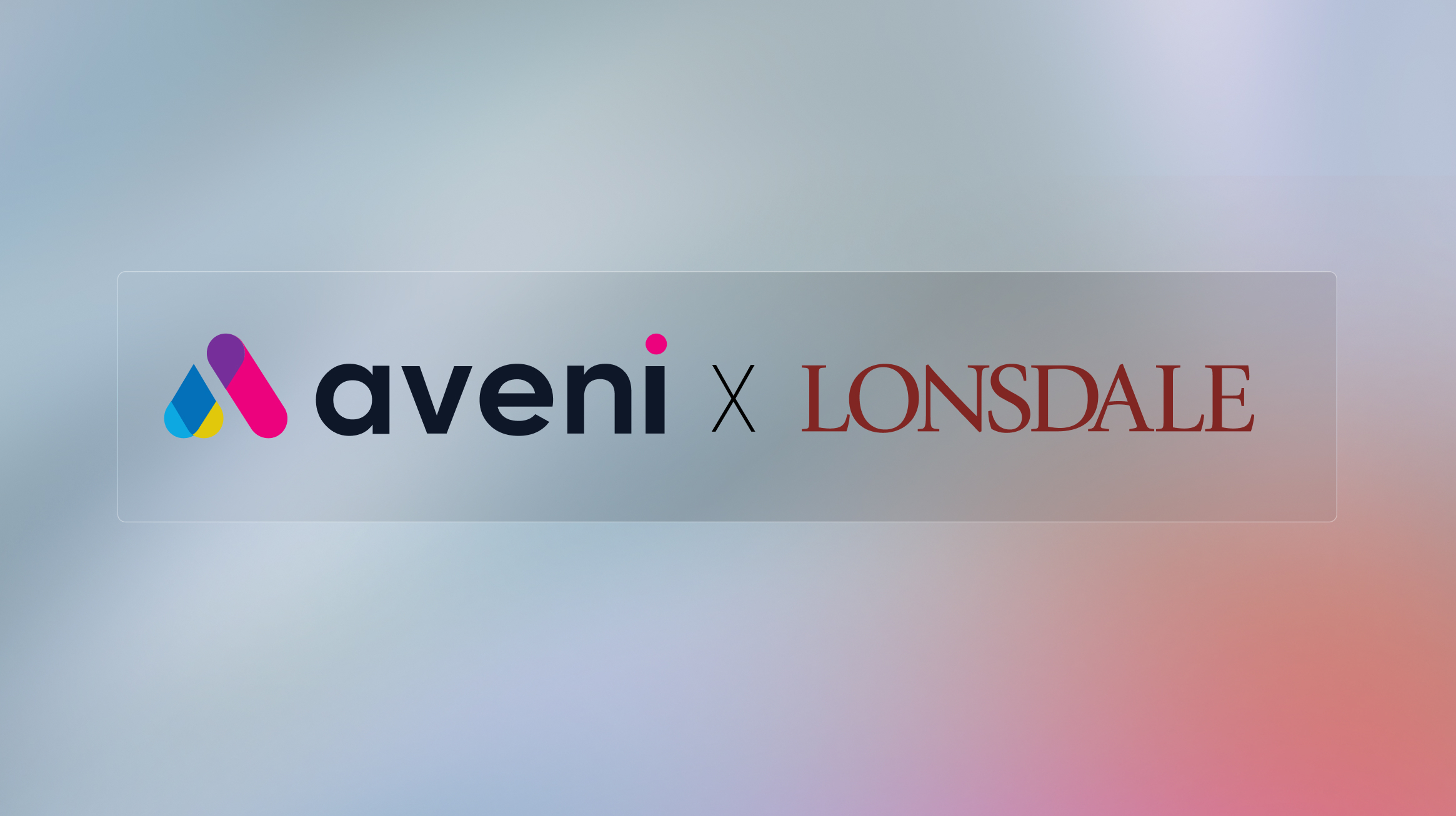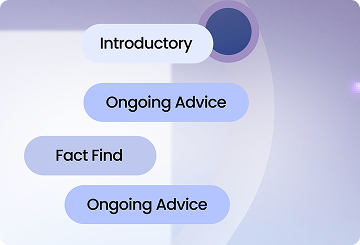Financial services firms deploying agentic AI need governance frameworks that define system boundaries, approval processes and audit requirements. These controls maintain regulatory compliance whilst enabling autonomous operation.
Core Governance Components
| Governance Element | Purpose | Implementation |
|---|---|---|
| Role-Based Permissions | Controls who can approve specific system actions | Define approval hierarchies based on risk level and regulatory requirements |
| Activity Constraints | Limits what the system can do without human review | Specify which tasks can complete autonomously and which require escalation |
| Audit Logs | Records every system action for regulatory review | Automatic capture of all decisions, data sources and reasoning |
| Approval Gates | Ensures critical outputs receive human oversight | Mandatory review points for client communications and regulatory documents |
| Escalation Rules | Defines when the system must refer cases to humans | Clear criteria for uncertainty thresholds and exception handling |
Why Governance Matters for Agentic AI
Autonomy in financial services must always operate within defined limits. Unlike general business applications, financial advice and compliance work carry fiduciary responsibility and regulatory scrutiny.
The FCA expects firms to maintain control over automated systems. Consumer Duty requirements mean organisations must demonstrate that AI-driven decisions support good customer outcomes. Proper governance provides the evidence regulators need.
One wealth management firm learned this during early agentic AI testing. Their initial deployment lacked clear escalation rules. The system proceeded with complex cases it should have referred to advisers. They redesigned their governance framework before production rollout, defining specific conditions that trigger human review.
Defining System Boundaries
Governance frameworks start by specifying what agentic AI can and cannot do. These boundaries protect firms from regulatory risk whilst maximising efficiency gains.
Systems should have clear task definitions. A suitability report drafting system might be authorised to extract client information, match circumstances to product features and generate draft recommendations. It should not be authorised to finalise reports without adviser review or send communications directly to clients.
Risk-based boundaries work well. Low-risk tasks like scheduling client reviews or updating CRM records can proceed autonomously. High-risk activities like finalising investment recommendations or responding to complaints require human approval.
One insurance firm uses a three-tier approach. Tier 1 tasks complete autonomously with no review. Tier 2 tasks complete autonomously but are sampled for quality assurance. Tier 3 tasks always require human approval before proceeding.
Approval Processes and Authority Levels
Effective governance defines who can approve system outputs and under what conditions. This prevents unauthorised actions whilst avoiding bottlenecks.
Role-based permissions align with existing organisational structures. Senior advisers might approve complex suitability reports whilst junior advisers handle straightforward cases. Compliance officers review flagged items whilst operations teams manage routine documentation.
Approval thresholds based on confidence levels work effectively. If the system assigns high confidence to its output, a standard approval process applies. If confidence is medium or low, enhanced review is required.
Time-sensitive decisions need clear authority chains. Fraud detection systems might automatically block high-risk transactions whilst referring medium-risk cases to investigators. Clear rules prevent delays whilst maintaining control.
Audit Trail Requirements
Comprehensive audit logs are mandatory for agentic AI in financial services. Every system action must be traceable for regulatory review.
Audit logs should capture the specific data sources the system accessed, the rules or logic it applied, the reasoning behind its decision, the confidence level assigned and the final action taken.
One advice network structures their audit logs to match FCA file review requirements. When regulators examine client files, they see exactly what information the agentic system used and why it reached specific conclusions.
Logs must be permanent and tamper-proof. Financial services regulations require multi-year retention of decision records. Systems should automatically archive logs in formats that support regulatory review.
Escalation Rules and Exception Handling
Agentic systems need clear criteria for when to escalate cases to humans. These rules prevent the system from proceeding when it lacks sufficient confidence or encounters unusual situations.
Confidence thresholds trigger escalation. If the system cannot assess suitability with high confidence, it refers the case to an adviser rather than guessing. Most firms set thresholds between 85% and 95% confidence.
Specific conditions force escalation regardless of confidence. Cases involving vulnerable customers, complex pension transfers or material changes in circumstances should receive human review even if the system is confident in its assessment.
Missing information triggers escalation. If critical fact-find data is absent, the system should prompt for completion rather than proceed with incomplete information.
Novel scenarios require human judgement. When the system encounters situations not covered by its training, it should escalate rather than extrapolate.
Monitoring and Performance Review
Governance frameworks include ongoing monitoring to ensure agentic systems perform as intended. Regular review identifies issues before they affect multiple clients.
Performance metrics track accuracy rates, escalation frequency, processing times and compliance exception rates. Declining accuracy or rising escalations signal potential problems.
Sample audits verify system decisions. Compliance teams review a percentage of autonomously completed cases to confirm quality standards are maintained.
Feedback loops improve system behaviour. When human reviewers correct errors or adjust outputs, these corrections inform system refinement.
One bank reviews 5% of all agentic system outputs monthly. Findings feed back into model training, improving accuracy over time whilst maintaining governance oversight.
Regulatory Alignment
Governance frameworks must align with FCA expectations, Consumer Duty requirements and sector-specific regulations.
Consumer Duty demands evidence that automated systems support good customer outcomes. Governance documentation should demonstrate how approval gates, escalation rules and audit trails ensure customers receive appropriate advice.
The FCA expects firms to maintain accountability for AI decisions. Governance frameworks should clearly define human responsibility for final decisions even when systems complete initial work.
Treating Customers Fairly principles apply to agentic systems. Governance should ensure the system cannot discriminate, that vulnerable customers receive appropriate treatment and that customers understand how decisions are made.
Implementation Approach
Building effective governance takes 2 to 4 weeks during agentic AI implementation. This work proceeds in parallel with technical deployment.
Start by mapping decision points in your automated workflows. Identify where human approval is essential and where autonomous operation is acceptable.
Define authority levels within your organisation. Determine who can approve different types of outputs and what their responsibilities include.
Establish escalation criteria. Specify the conditions that trigger human review and define how cases are routed to appropriate reviewers.
Document everything. Written governance frameworks provide the evidence regulators expect and the clarity staff need.
Test governance rules during pilot deployment. Verify that escalation triggers work correctly and approval processes prevent bottlenecks.
Common Governance Challenges
Overly restrictive frameworks eliminate efficiency gains. If too many cases escalate, the system adds work rather than reducing it. Balance control with productivity.
Unclear authority creates delays. Staff need to know who approves what. Ambiguous responsibility structures cause cases to sit in queues.
Inadequate audit trails create regulatory risk. If the system cannot explain its decisions, FCA reviews become difficult. Comprehensive logging prevents this issue.
Static governance frameworks fail as systems evolve. As agentic AI capabilities improve, governance should adapt. Annual reviews ensure frameworks remain appropriate.
How Aveni Supports Governance
Aveni provides governance frameworks designed specifically for financial services agentic AI. These frameworks align with FCA requirements and Consumer Duty obligations.
Built-in audit logging captures all system actions automatically. Firms receive complete decision trails without additional configuration.
Configurable approval gates allow firms to define their own risk thresholds and authority levels. The system enforces governance rules consistently across all users.
Regular governance reviews help firms refine their frameworks as regulations evolve and system capabilities expand.
Frequently Asked Questions
What happens if the agentic system makes a wrong decision? Governance frameworks include approval gates that catch errors before client impact. Audit logs identify root causes so issues can be corrected in system training.
Who is accountable for agentic AI decisions? Humans remain accountable. Governance frameworks define which staff members approve outputs and take responsibility for final decisions.
How often should governance frameworks be reviewed? Most firms conduct quarterly reviews to ensure frameworks remain effective as systems evolve and regulations change.
Can governance frameworks slow down processing? Well-designed frameworks balance control and efficiency. Approval processes focus on high-risk cases whilst routine tasks proceed autonomously.
Discover how Aveni implements governance frameworks for safe agentic AI deployment →






